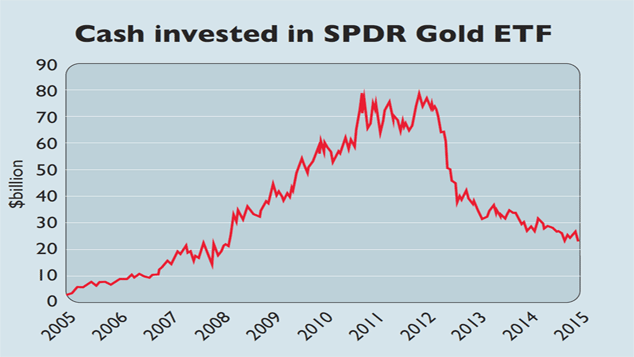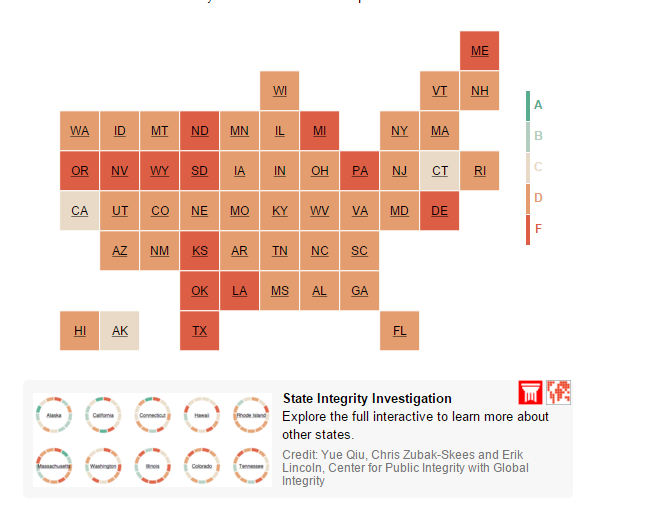- Fangs and Nifty Nine power US equities (FT)
- Confessions of a financial crisis junkie: How I learned to stop worrying about the past (Financial Post)
- Student Debt in America: Lend With a Smile, Collect With a Fist (NYT)
- Making lemonade: Tax-loss harvesting (Vanguard Advisors Blog)
- Top 20 generics companies by 2014 revenue (Fierce Pharma)
- Understanding the Two Chinas (AB Blog)
- Russia’s importance for Turkey’s economy(Deutsche Welle)
- Entitlement Reform Is Necessary to Rein in Spending and Debt (The Heritage Foundation)
- Not Every Holding Should Go Up (Random Roger)
Click to enlarge
Kremlin Palace Hotel, Antalya, Turkey
Photo courtesy of: Deutsche Welle



